Air Conditioning Installation Scottsdale
We Provide Professional Air Conditioning Installation and HVAC Services to the Scottsdale Area
Air Conditioning Installation
significantly impacts the comfort, air quality, and efficiency of an indoor environment. Whether it's a residential, commercial, or industrial facility, the proper installation of an HVAC system is critical to ensure the best performance. This involves several steps to make sure that the system functions properly, reliably, and efficiently.
Planning Planning an HVAC installation is a thorough analysis of the space's heating, cooling, and air quality needs. HVAC professionals use information such as the size of the area, insulation installed, number of occupants, and heating & cooling requirements. Based on these factors, they will determine the proper type of HVAC system that will provide the best results for the space. proper planning is the key factor in determining just the right size system that will provide the most efficient cooling and energy usage.
How to Choose the Right System
There are various types of AC systems available, including central air conditioning, ductless mini-split systems, and window units. Deciding which one is right for your application depends on factors like the size of the space, your budget, and the level of control and comfort you are trying to achieve. HVAC professionals guide clients in selecting the most suitable system for their needs, considering things such as energy efficiency, noise levels, and performance.
Ductwork Design and Installation
For HVAC systems, proper ductwork design and installation are paramount. Planning the layout of ducts to ensure even distribution of cooled air throughout the space is essential. Properly designed ductwork cuts down energy loss, improves system efficiency, and increases comfort levels. Careful installation and duct sealing prevents air leaks, which will provide the best performance of the entire AC system. Technicians determine the proper amount of electrical supply needed. This includes ensuring that the electrical system can handle the power requirements of the AC unit. Professional installation guarantees proper wiring, voltage compatibility, and compliance with safety codes to prevent electrical issues and hazards.
Refrigerant Handling
Refrigerant is a crucial component in the cooling process. During AC installation, technicians handle refrigerant carefully, ensuring proper charging and preventing leaks. Proper refrigerant levels are essential for the system's efficiency and cooling capacity. Technicians are trained to follow environmental regulations and safety protocols when handling refrigerants.
Testing and Commissioning:
After the physical installation is complete, thorough testing and commissioning are performed. HVAC technicians check the entire system for proper functionality, including temperature control, airflow, and thermostat responsiveness. Any adjustments needed are made to ensure that the AC system operates at its peak performance.
Client Education
Once the installation is complete, HVAC professionals educate clients on the proper use and maintenance of the AC system. This includes guidance on setting the thermostat, changing air filters, and scheduling regular maintenance to extend the system's lifespan and maintain efficiency.
AC installation is a comprehensive process that involves careful planning, precise execution, and thorough testing. Professional HVAC technicians play a crucial role in ensuring that the system is installed correctly, providing reliable and efficient cooling for the intended space. A well-installed AC system not only enhances indoor comfort but also contributes to energy savings and overall environmental sustainability.
INQUIRE ABOUT OUR SPECIALS
We will get back to you as soon as possible.
Please try again later.
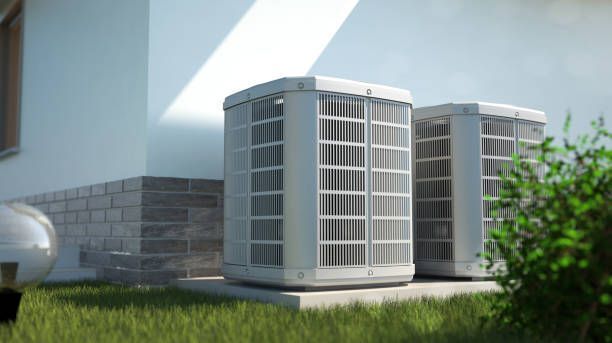

DON'T LET THIS
HAPPEN TO YOU!!!
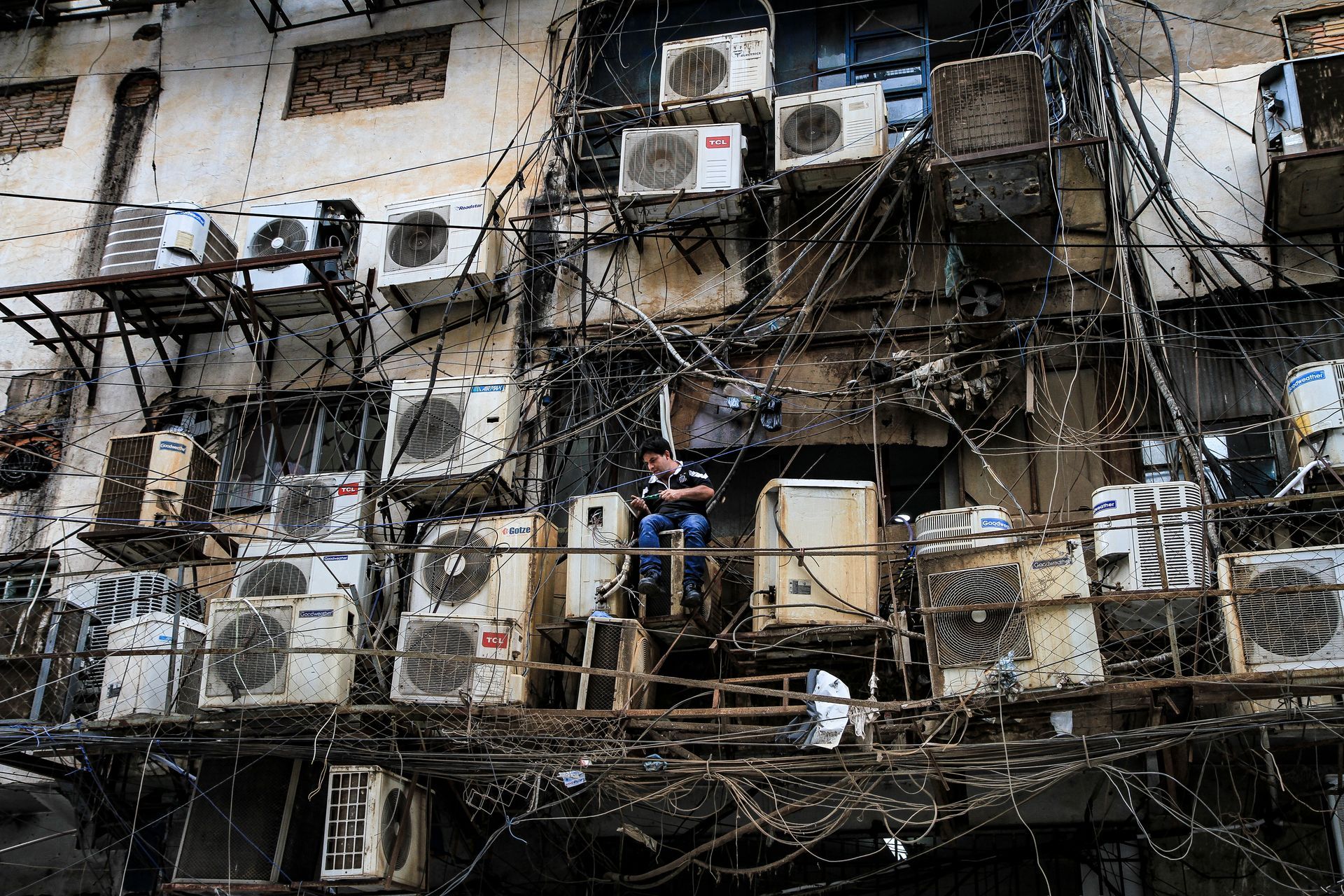
GET A FREE CONSULTATION
We will get back to you as soon as possible.
Please try again later.
Our Services

AIR CONDITIONING REPLACEMENT
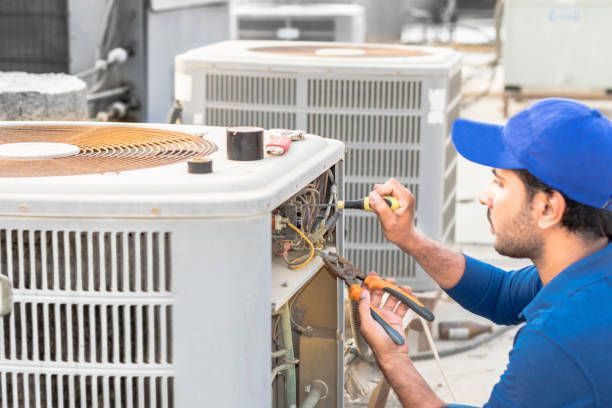
AIR CONDITIONING REPAIR
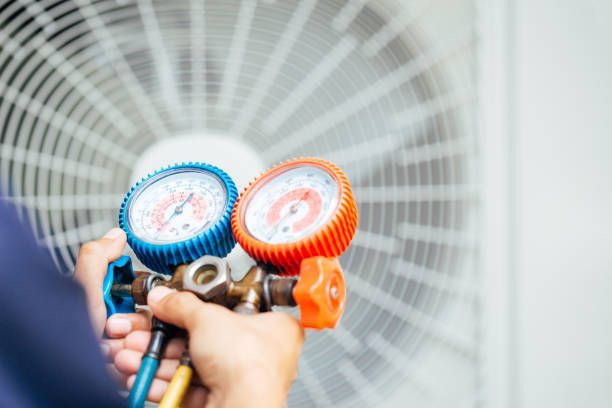
AIR CONDITIONING SERVICE

AIR DUCT CLEANING
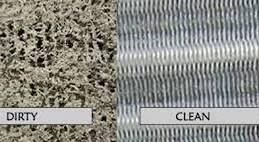
AC COIL CLEANING
If You Need Air Conditioning Replacement in the Scottsdale AZ area we are just a phone call away
Scottsdale AC Repair is a full-service HVAC company providing superior service at a competitive price. By providing our technicians with the training and exposure they need, we guarantee you a professional service from start to finish. Regardless of what service you need, you can have peace of mind knowing we will back you up with no hesitations. On top of our trusted services, we also have top-notch customer service representatives ready to assist you at any time. You can reach us quickly whether you are a homeowner or a business owner, especially if you have an emergency need to repair your HVAC system.
FIND OUT MORE ABOUT OUR SPECIAL PRICING
SEND US YOUR INFO AND WE WILL GET BACK TO YOU QUICKLY TO HELP YOU WITH WHATEVER YOU NEED
We will get back to you as soon as possible
Please try again later
Services We Provide
Residential HVAC services Commercial HVAC services AC installation AC maintenance AC repair Air Ducts Humidity control equipment Ventilation Air purification Air quality
Heat pumps Duct cleaning Ductless systems Mini splits HVAC repair Boilers Furnaces Furnace installation Furnace repair Coil cleaning Duct cleaning System Maintenance Compressor replacement Refrigerant recharge Heating Zoning systems Thermostats
